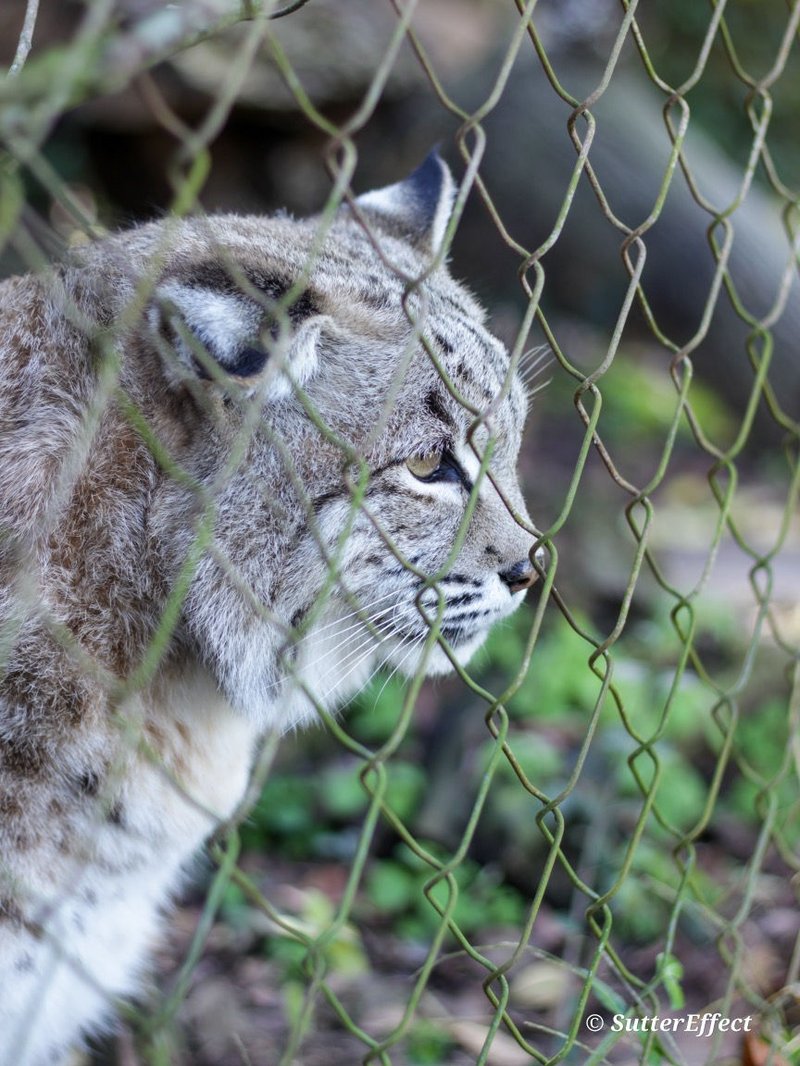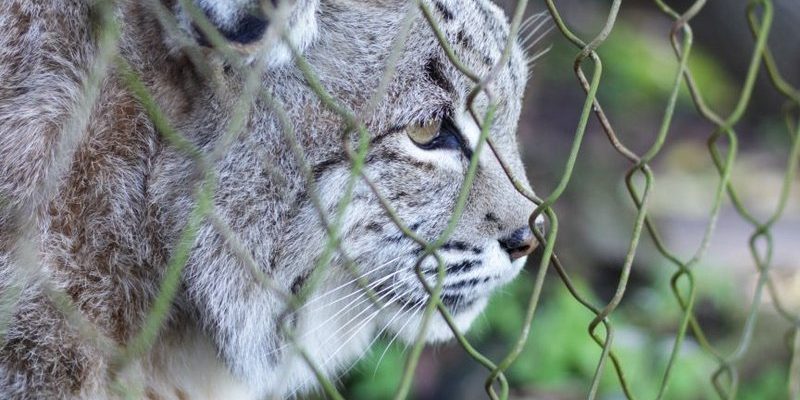
Wolf worms are the larvae of a type of fly that can infect animals, particularly in cooler climates. These larvae can cause discomfort and serious health issues in the animals they invade, leading rehabilitators to take swift action. So, how do wildlife rehabilitators tackle this issue? Let’s dive into their world and explore the various strategies they use to manage wolf worms in wildlife.
What Are Wolf Worms?
Wolf worms, or **Cuterebra**, are a type of botfly larvae that primarily affect mammals, especially rodents and rabbits, but can also impact larger wildlife like wolves and foxes. The larvae are usually found buried in the skin of the host animal. Such infestations can lead to various issues, like infections or abscesses.
The life cycle of these larvae is fascinating yet alarming. Female flies lay their eggs near animal burrows or nests, which is where the trouble begins. Once the host comes into contact with the eggs, they hatch and burrow into the animal’s skin. Isn’t it wild how something so tiny can cause so much harm?
How Do Wildlife Rehabilitators Identify Infections?
Identifying wolf worm infections can sometimes feel like playing detective. Wildlife rehabilitators look for specific signs that indicate an infestation. Common symptoms include swelling, redness, and the presence of breathing holes in the skin where the larvae are residing.
Honestly, it’s not always easy to spot these signs right away. Rehabilitators often rely on their experience and keen observation skills to detect these issues early. They may gently examine the animal’s skin while also being mindful of the animal’s stress levels.
Immediate Care Steps for Affected Animals
When a wildlife rehabilitator suspects a wolf worm infection, the first thing they do is provide immediate care. This usually involves examining the wound closely. Even though it can look a bit gross, it’s crucial to assess the situation properly.
Once they locate the larvae, rehabilitators will typically use sterile tools to remove them carefully. This step is vital because leaving them inside can lead to severe infections or even death. After removal, the area is cleaned thoroughly and treated with antibiotics to prevent infection. The goal here is to make sure the animal is comfortable and on the road to recovery.
Long-Term Treatment and Recovery
After dealing with the immediate issue, rehabilitators focus on long-term care and recovery. Animals that have experienced wolf worm infestations often need extra attention to heal fully. This could mean providing a stress-free environment to recuperate, as stress can hinder the healing process.
Rehabilitators may also monitor the animal for several weeks, checking for any signs of infection or complications. They might put the animal on a special diet to boost its immune system, helping it regain strength.
Here’s the thing: patience is key. Every animal is different and heals at its own pace. Wildlife rehabilitators know that rushing the recovery process can do more harm than good.
Preventative Measures in Wildlife Rehabilitation
Prevention is always better than cure! Wildlife rehabilitators often focus on preventative measures to reduce the chances of wolf worm infestations. This could involve educating the public about the importance of keeping wildlife habitats clean and free from potential breeding grounds for flies.
Additionally, rehabilitators may set up traps in specific areas to monitor and control the population of botflies. It’s a proactive approach that can help protect wildlife before problems arise.
Sometimes, they collaborate with local biologists to gather data on botfly populations, which helps in understanding how best to mitigate risks associated with these pesky pests.
The Importance of Education and Awareness
One of the most effective tools wildlife rehabilitators have is education. By raising awareness about wolf worms and their effects on wildlife, they can empower the community to take action. This might include promoting responsible pet ownership practices to ensure that household pets do not roam freely in areas where they may encounter wild animals.
Rehabilitators may host workshops or community events to teach people about the signs of wolf worm infestations and the importance of wildlife health. The more informed we are, the better equipped we become to take care of our local wildlife.
And let’s be honest; when communities come together to protect wildlife, it’s a win-win for everyone involved.
The Role of Veterinary Partners in Treatment
Wildlife rehabilitators often collaborate with local veterinarians for specialized care when dealing with wolf worms. This partnership is crucial, as veterinarians have the expertise needed for more complex cases, particularly if the infestation has progressed.
Vets can provide additional treatments or medications that rehabilitators may not have on hand. Sometimes, the healing process may include more invasive procedures, and having a vet involved ensures that animals get the best possible care. It’s like having a seasoned coach by your side; having that support can make all the difference.
Dealing with wolf worms is just one of the many challenges wildlife rehabilitators face. Their dedication to protecting and restoring wildlife is admirable. By effectively monitoring, treating, and preventing these infestations, they play a vital role in maintaining the health of our ecosystems.
If you ever find yourself wondering what goes on behind the scenes of wildlife rehabilitation, remember that it’s not just about rescuing animals. It’s about understanding their entire well-being, including the battle against parasites like wolf worms. Next time you hear a story about a rescued animal, think about the unseen challenges that brave rehabilitators tackle every day to ensure a healthier world for all creatures, great and small.

